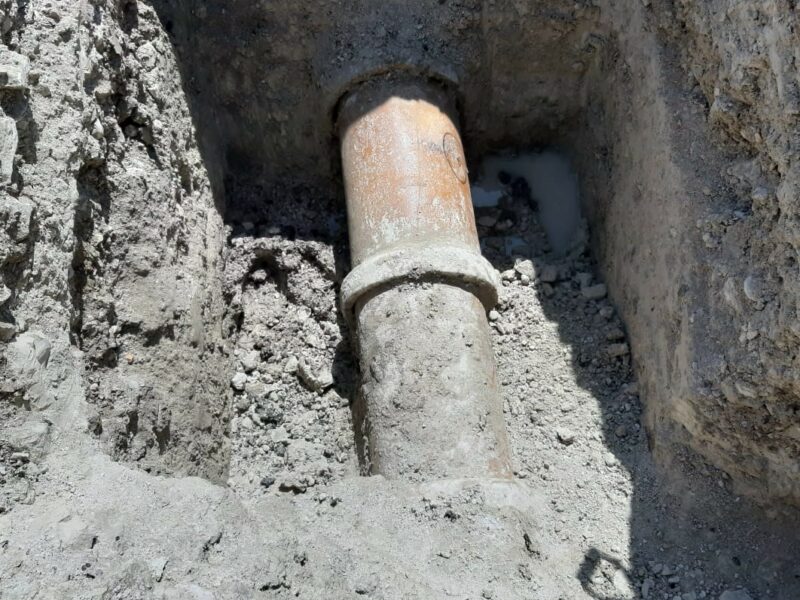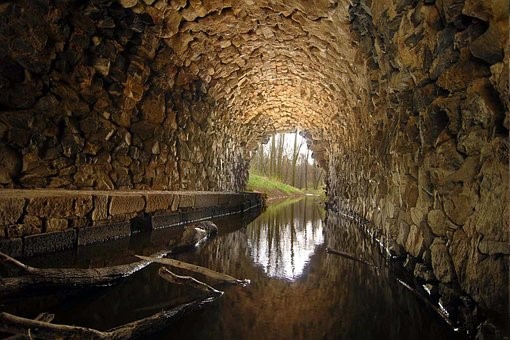Lead Pipes
Do You Have Lead Pipes in Your Home? Water mains in the UK are not…
Read more24 hr Emergency Callout

Blog
Blocked drains are one of the most infuriating and common plumbing problems a person is likely to experience. In some cases there will be a shared drainage responsibility, other times it will be the sole responsibility of one party.
It can be very stressful to work out who is liable to pay for any repairs. Luckily with our extensive experience we’ve seen our fair share of examples, so we can help.
As with many facilities that the public use, the responsibility will depend on factors including the location of the drain and the situation of the occupier within the property.
Responsibility for a blocked drain that is located on a person’s property will depend on its location. Most of the drains that a water company must maintain are on public land, outside of the private property boundary.
The property owner must maintain their own drains when they have a blockage. A property that relies on a private sewer system will also be the responsibility of the owner.
Should there be damage to the drain then the repair for the broken drain also falls with the property owner. In many cases drain repairs can include excavations and relining to restore the pipe and ensure any waste flows smoothly in future.
Property owners in flats and other buildings that share drainage facilities will commonly have some form of management company that takes responsibility for building maintenance. This management or caretaker company will usually pay for drainage issues in the building with maintenance fees.
However, responsibility for drains inside individual flats may fall with the individual owner.

Tenants usually have the ability to pass on repair and maintenance costs for their property, including drains. This can help alleviate a lot of financial pressure for tenants.
However, there may be a stipulation in the tenancy agreement requiring a tenant to pay for, or contribute to, any costs. There will be terms in the tenancy agreement that will show tenants whether they are liable for any repairs or maintenance.
If people are renting, or considering renting, a property that may have drainage issues they can do the following:
A drain cover, the round flat covering of a manhole, may or may not be the responsibility of the property owner.
If a council or water company manages or maintains the drain then it is probably a public drain. This is the case even if it is on a private piece of land, such as a driveway.
Private drains are the responsibility of the property owner. People can check their drain covers for signs it is a public drain if they are unsure. Signs include the presence of the name of a water company on the cover.

In some cases certain types of drain will be the responsibility of the council or local water company. The types of drains that are not the responsibility of the property owner include sewers and lateral drains.
A lateral drain is a waste pipe, they are usually outside of a private property boundary and go under public roads. The sewer will in turn collect the waste and water from these lateral drains.
People should contact their water company if they are unsure whether they are responsible for a blocked drain. According to Citizens Advice, it may be possible to ask the sewerage company to take responsibility for a private sewer or lateral drain. This depends on the condition and standards the company requires.
The cause of a blocked drain will depend on the type of drain and its location.The most common causes of a blocked drain include the following:
Whatever the cause, the problems that can arise from blocked drains include overflowing water and inadequate drainage as well as potentially foul smelling odours.
Prevention is better than a cure, and one of the best ways to prevent a drain from blocking is by cleaning drains regularly. We have put together a comprehensive guide on How to Effectively Clean Your Drains. Take a look for some simple and effective tips.
Small blockages in a bathroom or kitchen may be possible to resolve quite easily, but in most cases it will require a professional approach using high-pressure jetting equipment.
Our own drain unblocking service ranges in power from 2,000 pounds per square inch (PSI) to 10,000 PSI. Owning such equipment can be seriously expensive for the majority of homeowners so using professional services is more cost-effective.
If someone is unsure who is responsible for drains and sewers you can contact your local water company. If you are a tenant then the tenancy agreement will provide details of whether a tenant will be liable. A property management company can handle other arrangements, such as in buildings with multiple units.
We hope this was an informative and useful piece. If people require more information, or want to schedule an unblocking service, they can contact us for more information. One of our friendly team will be happy to help.